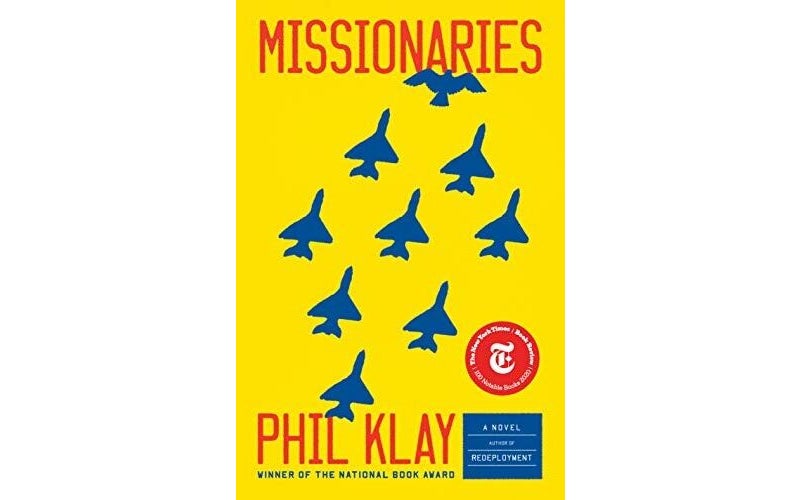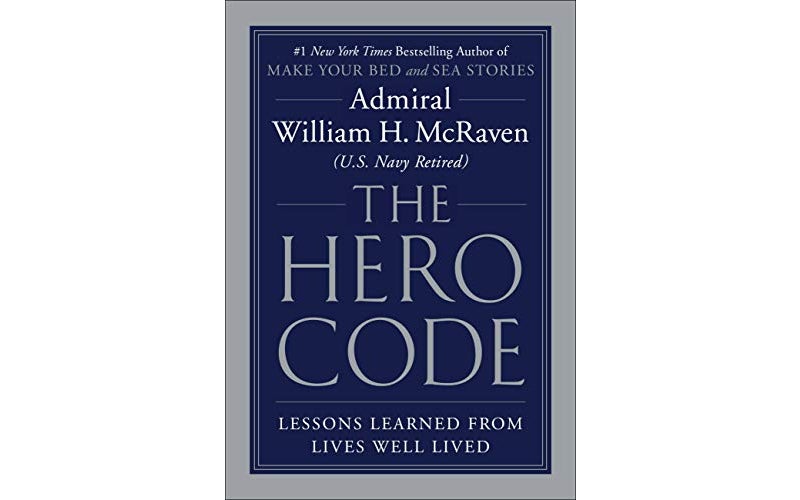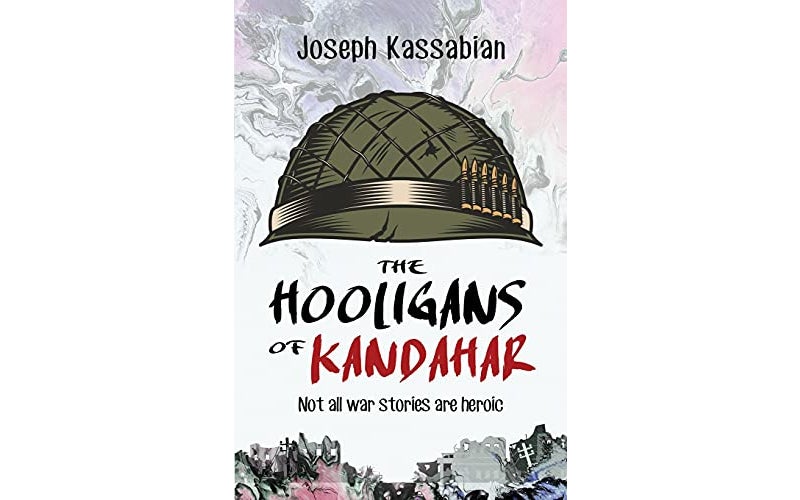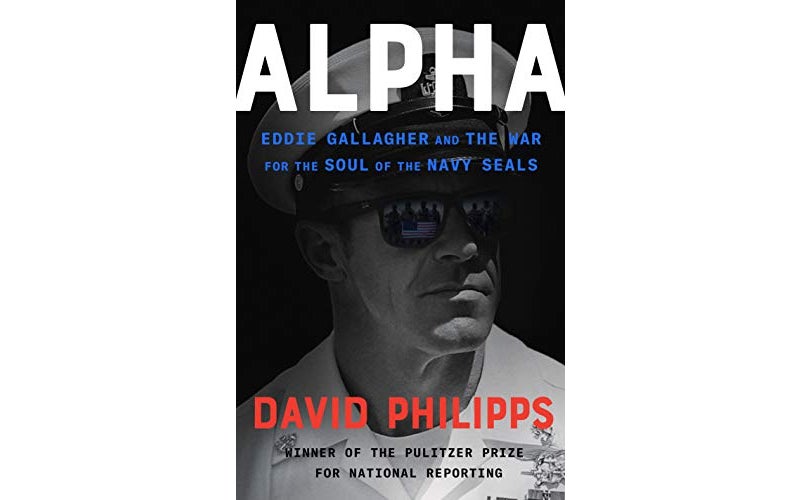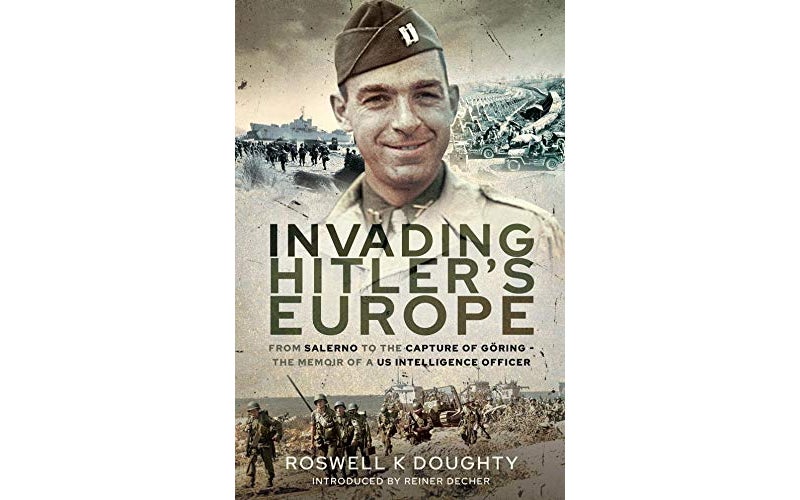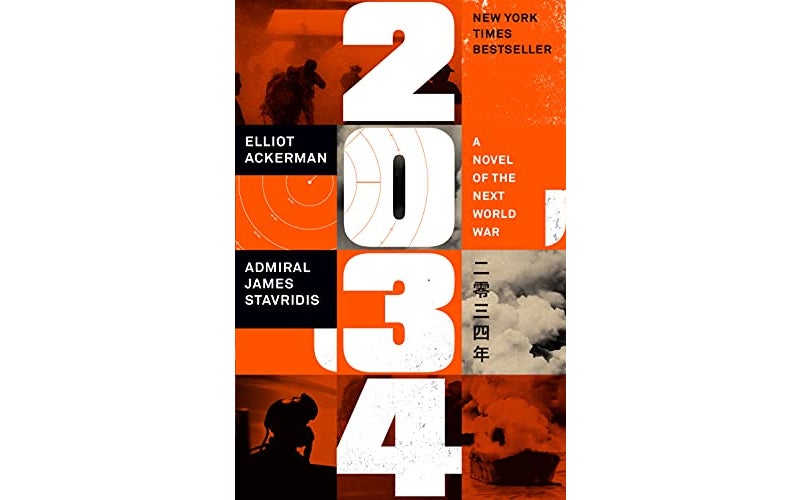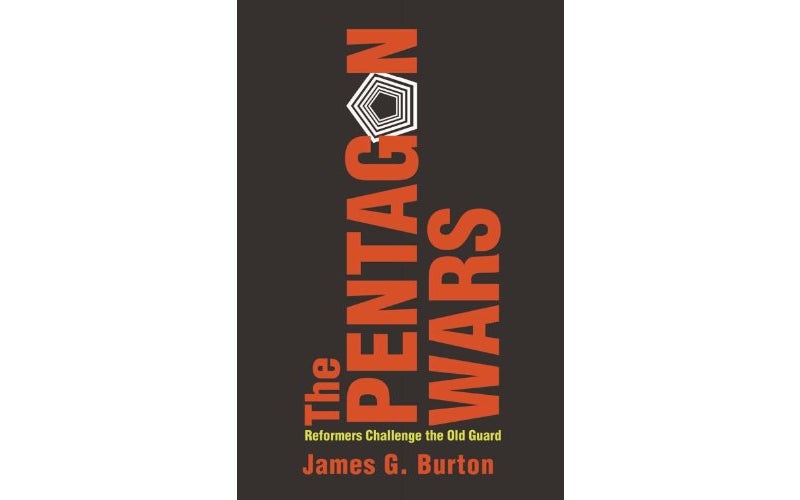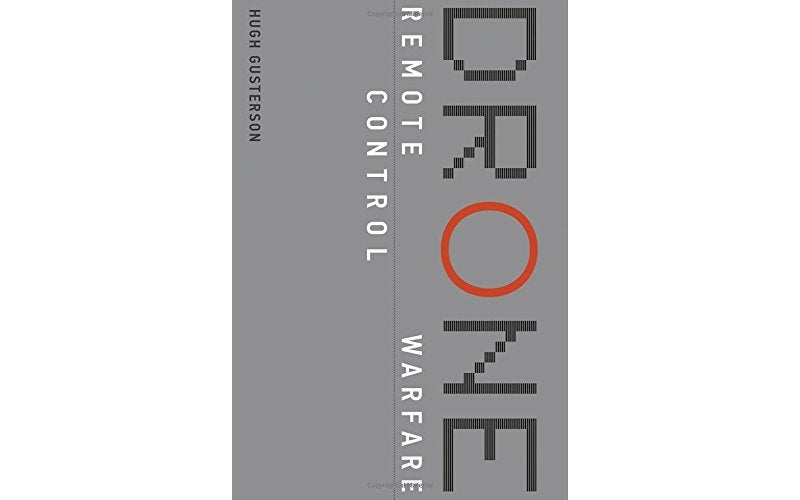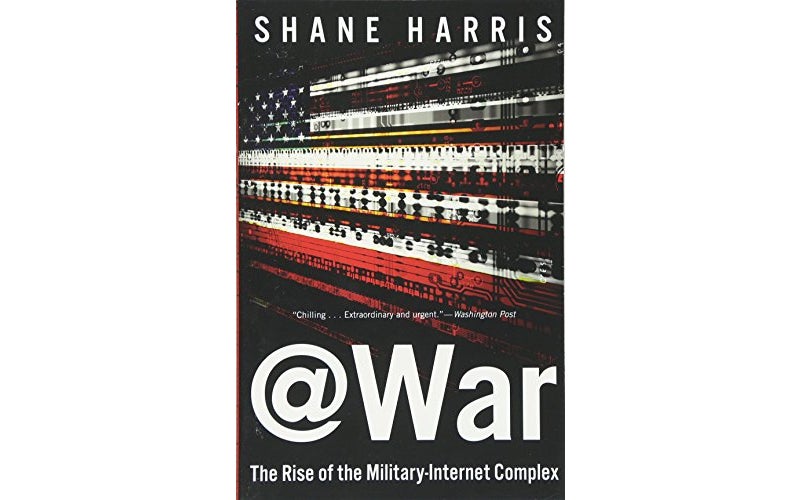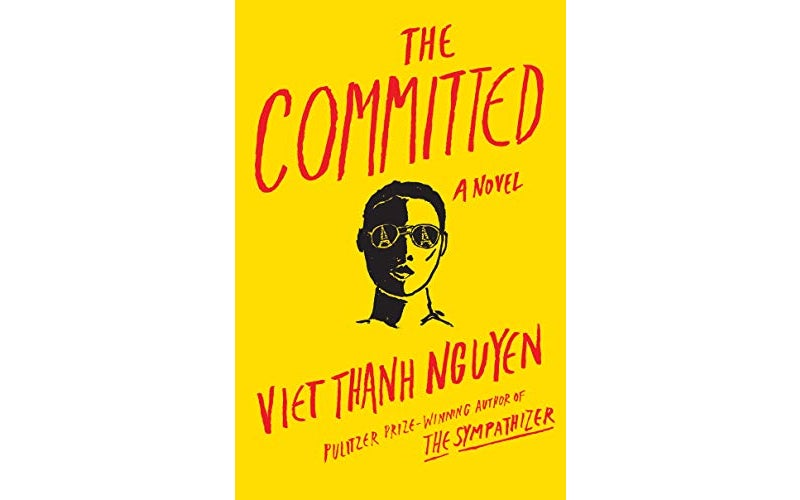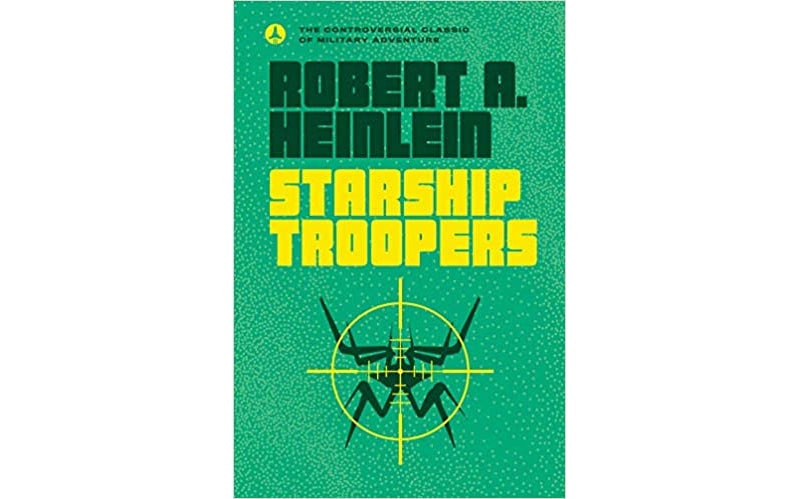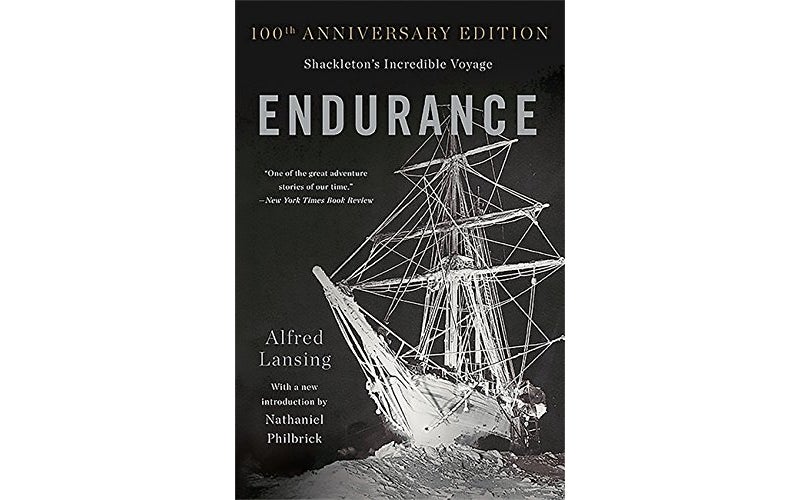The best military books we read this year
Here’s a brief list of some of the best books we read here at Task & Purpose in the last year.
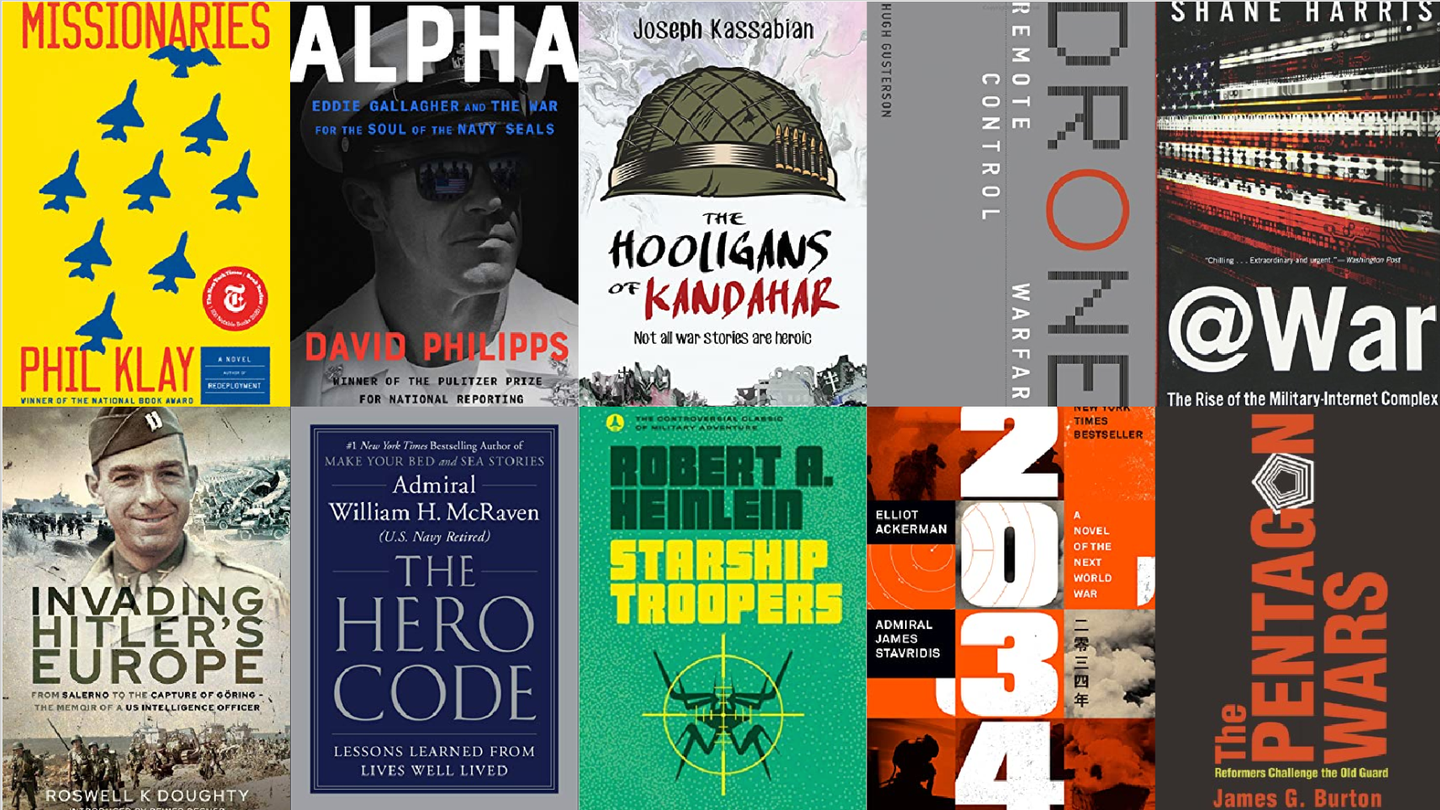
We may earn revenue from the products available on this page and participate in affiliate programs.
Let’s be real: 2021 wasn’t really the year we all wished it had been. As the novel coronavirus (COVID-19) pandemic stretched on, many of us spent more time than we would have liked behind closed doors, left to our own devices for fun and entertainment. Luckily, the Task & Purpose team put some of our downtime to good use: reading some of the best military books of the last few years (and a few older than that) to make the time go by just a little bit faster. You may be stuck at home, or you may just need a new distraction — either way, we’ve got you covered with some stellar reading material for you to kick off the close of the year the right way.
Here’s a brief list of some of the best books we read here at Task & Purpose in the last year. Have a recommendation of your own? Leave it in the comments along with an Amazon link.
Winner of the National Book Award, Phil Klay’s Missionaries is a complex and incredibly nuanced web of stories. Klay uses the last two decades of violence and power struggles in Colombia as the backdrop of a story surrounding four individuals from vastly different backgrounds. The thread that links them all is war, as the characters’ lives have all been touched by conflict, whether voluntarily or involuntarily, both inside Colombia’s borders and on the global stage. Klay expertly weaves the stories of these four characters together while simultaneously commenting on the residual effects of decades of interconnected global conflicts. Gut-wrenching at times, Klay pulls no punches painting the backstories of his protagonists and the circumstances that bring them all together. Missionaries is the type of vivid and insightful book that keeps the reader thinking about it long after they’ve put it down. — Brett Allen, contributor
Building upon the success of his previous works, Make Your Bed: Little Things That Can Change Your Life and Sea Stories: My Life in Special Operations, retired Adm. William McRaven takes the spotlight off himself to highlight others in The Hero Code: Lessons Learned From Lives Well Lived. In this post-Global War On Terror era, finding war memoirs is easier than ever before, yet Admiral McRaven instead removes himself from his own story and turns it onto those who have inspired and educated him throughout his life. The retired Navy SEAL lays out the 10 components that make up his Hero Code as a foundation for developing one’s character. Not all heroes wear capes, but they all follow a Code. — Scott Whisler, contributor
I had been meaning to read Joseph Kassabian’s 2018 memoir about his experiences fighting in the peak of the Afghanistan War for some time. This year, with everything that happened in Afghanistan, I’m glad I finally did. True to its title, Kassabian’s book puts aside any pretenses of heroics and adventures to show the reader what it was really like on that front — sad, hysterical, hopeless, enraging and terrifying all at the same time. rnrnKassabian was a member of an Army unit sent to train and advise the Afghan National Police. Upon arriving, they quickly realize what an impossible task this is thanks to bureaucracy, drugs, cultural issues, corruption, and deep dysfunction everywhere. It’s unapologetic and unflinching, and should be read by anyone who watched the fall of Kabul and wondered how the hell things came to that. — Patrick George, editorial director
I’ve always been fascinated with World War II and the men and women who brought the Axis powers to their knees, and with my own background in intelligence, I purchased and read Invading Hitler’s Europe almost as soon as it was released in December 2020. Captain (later Major) Doughty was an Army reservist serving as an intelligence officer when the war kicked off and was assigned to the 141st Infantry Regiment’s Intelligence and Reconnaissance (I&R) Platoon of the Texas National Guard. Despite the initial fighting in North Africa and Sicily, Doughty and his men did not see combat until the Allied invasion of the Italian mainland in September 1943. From there, they trudged up the Italian peninsula, landed in southern France, and hooked their way into Austria after missing the initial push into Germany.rnrnDoughty was a direct, educated man who rarely minced words and formed strong opinions about men and events. Invading Hitler’s Europe reveals his personal views of General Mark Clark, U.S. 5th Army commander during the Rapido River disaster, “career” National Guard officers of the era, and glory seekers from Washington. He also recounts fascinating tales ranging from battlefield interrogations and “Wilbur’s School of Torture and Dirty Tricks” to lost female photographers and stolen Nazi uniforms. — Brian Smyth, contributor
How dangerous could a military confrontation with China or Iran be? How prepared or unprepared is the United States? Former Marine Corps Special Operations Command leader and CIA Ground Branch Operator Elliot Ackerman and retired Navy Adm. James Stavridis teamed up to answer these questions in a 320 page tour de force. Within the first few pages, the USS John Paul Jones, a guided missile destroyer, is a smoking ruin on it’s way to the bottom of the South China Sea and one of the Marine Corps’ F-35 Lightning’s computer is hacked, forcing its pilot to land at an airbase in Iran. What is the price of miscalculation with nuclear-armed adversaries? What would the impact be if countries started lobbing nukes at each other? How might the global balance of power be reset? I burned through this cautionary take in two days while hanging out at the lake house this summer in Northern Michigan. Well worth a read. Also, if you haven’t read Ackerman’s book Green on Blue: A Novel about the Afghanistan War told from the perspective of an Afghan boy, you’re really missing out. It’s superb. — Joe Plenzler, contributor
Published in 1993, the classic nonfiction book by retired Air Force Col. James Burton tells the fascinating tale of how a small group of reformers known as the “Fighter Pilot Mafia” tried to get the Pentagon to care about how weapons truly performed under combat conditions during testing, lest the frontline troops suffer the consequences.Troops who have been in the back seat of a Bradley Fighting Vehicle should read this book, since they have Burton and his cohorts to thank for pushing the Army to make a “life-saving redesign.” But many others will benefit from his historical insight into bureaucratic fights over the F-15, F-16, and A-10 aircraft that continue to play out today. — Paul Szoldra, editor-in-chief
Are drones a blessing or a blight on today’s battlefields? Anthropology professor Hugh Gusterson writes in this concise book that drones represent something even more profound: a new step in warfare that collapses the geographical boundaries between ‘peace’ and ‘war’ and between ‘combatant’ and ‘civilian.’ Read it if you want to understand drone warfare from the perspective of the pilots who fly them; the Afghans who lived beneath them; the activists who protest them; the lawyers who try to understand their legal grounds; and many more. This book is short, but it packs a punch. — David Roza, reporter
Though published in 2015, @War is as applicable as ever thanks to recent cyber attacks like Colonial Pipeline and JBS Meats which had real-world impacts on citizens. Shane introduces readers to the U.S. cyber landscape with plain language and simple descriptions making the book accessible to laypeople and cyber security professionals alike. rnrnHe opens with the 2006 theft of F-35 Joint Strike Fighter files and doesn’t slow down from there. Harris explores signals intelligence in the Iraq War, the NSA, Buckshot Yankee (which is why we can’t use USB thumb drives on government computers), Wikileaks, and several other topics and events relevant to this discussion. He closes with a thought-provoking dialogue on where and how the U.S. and its allies should operate in cyberspace and how our own personal privacy is impacted. — Kyle Gunn, social media editor
Part of me is reluctant to call this bombastic sequel to 2015’s The Sympathizer (which won the Pulitzer Prize for Fiction the following year) a military book, but it’s a story colored enough by war and its ripple effects that it deserves mentioning here. It’s also a bold, often experimental piece of writing, possibly the best thing I read in 2022.rnrnThe Sympathizer told the story of the Vietnam War from the Vietnamese perspective, one that is often forgotten in America, through the lens of a narrator—a half-Vietnamese, half-French army officer—who was secretly a communist double agent. The new book follows him as he emerges from a torture camp and goes to Paris in the early 1980s, where he takes on the most capitalistic of professions: the drug dealer. With the pace and energy of both a spy thriller and a gangster movie, The Committed is a powerful, shocking, often hilarious meditation on who and what are left behind in the wake of civil wars, colonialism and authoritarianism. — Patrick George, editorial director
As I’ve previously written, re-reading Starship Troopers has become an annual tradition of mine for a few reasons. First, it remains one of the most compelling visions of future warfare that I’ve ever read, especially because it’s one that the real-life Pentagon has aped for years in its pursuit of powered armor for the future warfighter. Second, and more importantly, is that it’s a damn digestible book, one where Heinlein deftly weaves the minutiae of martial life into an absorbing and fascinating read. It may not be on the Marine Corps commandant’s reading list anymore, but it sure as hell is on mine — and, just maybe, should be on yours, too. — Jared Keller, executive editor
Though it’s not a military book, I’m going to take a cue from all those Commandant’s Reading Lists and toss this factual account of a 1914 Antarctic expedition in here because there are some lessons that carry over to military service. The book painstakingly details how a small crew of explorers endured 10 months in a frozen wasteland, survived shifting ice flows, frigid temperatures, near-starvation, illness, fatigue, frostbite, and on more than one occasion, dangerous encounters with natural predators, from sea leopards to killer whales. rnrnThough much has been said about the expedition’s leader, Ernest Shackleton, what I found most compelling were the little, almost imperceptible, ways that individual sailors fought for one another’s survival. They shared food, gave up supplies for the well-being of the crew, took calculated risks for the benefit of others, divided up labor and responsibilities based on skill, fitness, and, as the expedition wore on, simply took turns, with each member stepping in to do the shittiest, toughest, most dangerous jobs. And like so many facing hardship, they found comfort in humor and solace in the time-honored tradition of bitching relentlessly — almost competitively — about their situation. It’s a testament to their will and spirit that among the litany of problems facing the crew of the Endurance, low morale never appeared to be one of them. It also serves as a reminder that mission accomplishment, whether that’s taking an objective or simply making it through the winter, cannot happen if troop welfare isn’t a priority. — James Clark, deputy editor
